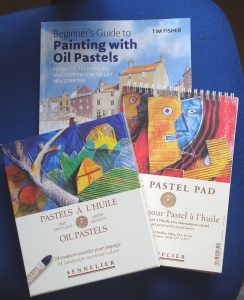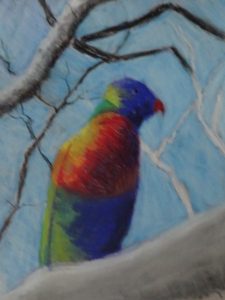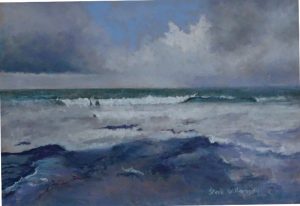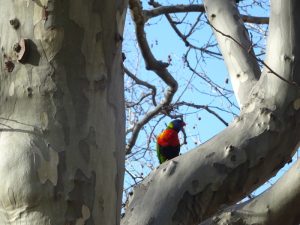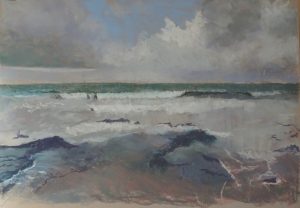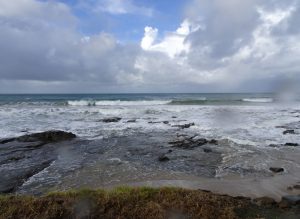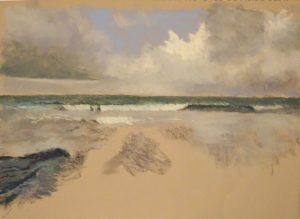Now I have uninterrupted time, I’m hoping to finish this. I’ve said that before, but this time I can see no excuse. And I don’t need one either because I’m so much happier about the painting since I resumed action.
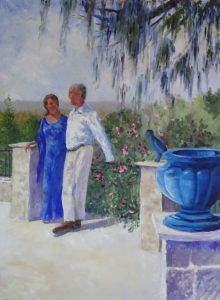 The trees behind the lady have grown; the faces are nearer completion; I’ve made his head smaller; the railings are emerging shyly from the flowering bush; there is more texture on the walls; and more work on his shirt. All these things are progressing as if on wheels. But …. I could scream with frustration.
The trees behind the lady have grown; the faces are nearer completion; I’ve made his head smaller; the railings are emerging shyly from the flowering bush; there is more texture on the walls; and more work on his shirt. All these things are progressing as if on wheels. But …. I could scream with frustration.
I have also worked on his shoes. I had them right – I HAD THEM RIGHT! Then I fiddled to make them more right. How many times have I told my students “Don’t fiddle!” Why don’t I listen to me? The paint is still wet. I think I’ll wash the work off with turps. It will mess up the paving but that’s not difficult to put right.
Done.

